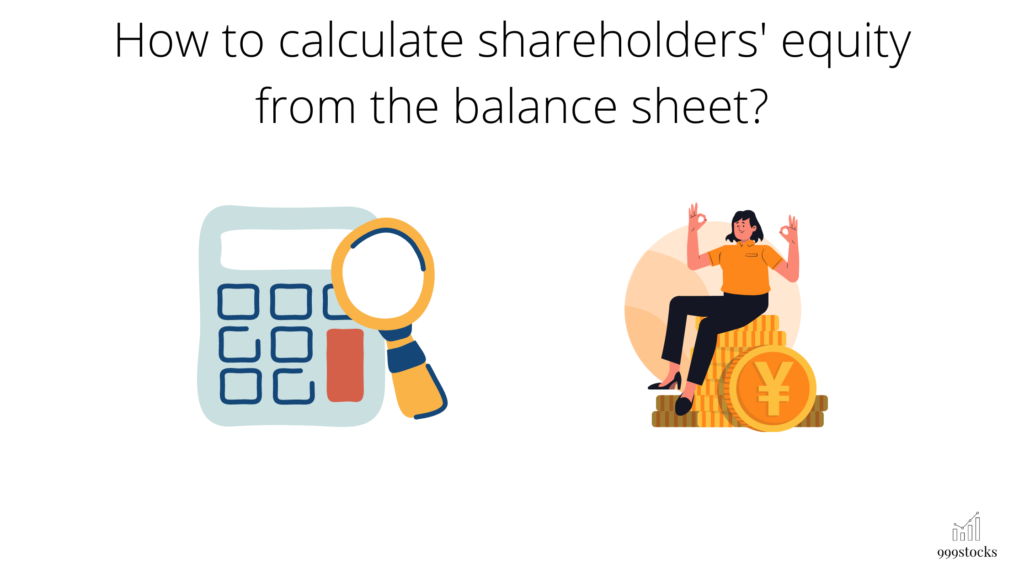Stockholders’ equity can be determined by subtracting the absolute liabilities of a business from all-out resources or as the amount of share capital and held income minus depository shares. The stockholders’ equity, otherwise called shareholders’ equity, addresses the leftover sum that the entrepreneurs would get after every one of the resources is exchanged and every one of the obligations is paid. shareholders’ equity is otherwise called the book estimation of the organization and is obtained from two principal sources, the cash put into the business and the held income.
How Do You Calculate Shareholders’ Equity?
The shareholders’ equity is the excess measure of resources accessible to investors after the obligations and different liabilities have been paid. The investors’ value subtotal is in the base portion of the asset report. At the point when the accounting report isn’t free, the shareholders’ equity can be determined by summing up the aggregate sum, everything being equal, and deducting the aggregate sum, all things considered. The net consequence of this straightforward equation is investors’ value.
On the other hand, you can compute the investors’ value by finding the sum from singular records in the overall record. It is the aggregate sum of capital that the investors give an organization in return for shares, in addition to any given capital or held profits the excess measure of resources accessible to investors after the obligations and different liabilities have been paid. The investors’ value subtotal is in the base portion of the asset report.
What Is the Formula for Equity?
The least complex and speediest technique for figuring investors’ value is by utilizing the fundamental accounting condition.

THE FORMULA
Shareholders’ Equity = Total Assets – Total Liabilities
In this equation, the value of the investors is the difference between the total assets and the total liabilities. For instance, if an organization has $80,000 incomplete resources and $40,000 in liabilities, the investors’ value is $40,000. This is the business’s total assets. To decide absolute resources for this value recipe, you need to add long-haul resources just as the current resources. Current resources are the money, stock, and records receivables.
Long haul resources are the estimation of the capital resources and property like licenses, structures, gear, and notes receivable. These resources ought to have been held by the business for at any rate a year. It’s critical to take note that the recorded measures of specific resources, like fixed resources, are not acclimated to reflect expansions in their reasonable worth. To figure complete liabilities for this value equation, add the current liabilities, for example, creditor liabilities and transient obligations and long-haul liabilities, for example, bonds payable and notes.
What Is the Stockholders’ Equity Equation?
Investors’ value has three significant parts: share capital retained earnings and depository shares
THE FORMULA
Stockholders’ Equity = Share Capital + Retained Earnings – Treasury Shares
This formula is known as the investor’s equation where you should register the share capital and afterward find out the held income of the business.
- SHARE CAPITAL
The share capital addresses commitments from investors assembled through the issuance of offers. It is partitioned into two separate records: common stock and preferred stock.
- RETAINED EARNINGS
Retained earnings, otherwise called accumulated profits, address the cumulative business profit with fewer profits appropriated to investors.
- TREASURY SHARES
Depository shares are given by the organization and later reacquired. The expense of these offers is deducted from investors’ value. The investors’ value is simply material to partnerships that sell shares on the financial exchange. For sole brokers and associations, the comparing ideas are the proprietor’s value and accomplices’ value.
Limited Period Offer Get Zero Brokerage For lifetime with India Largest Stock Broker.

